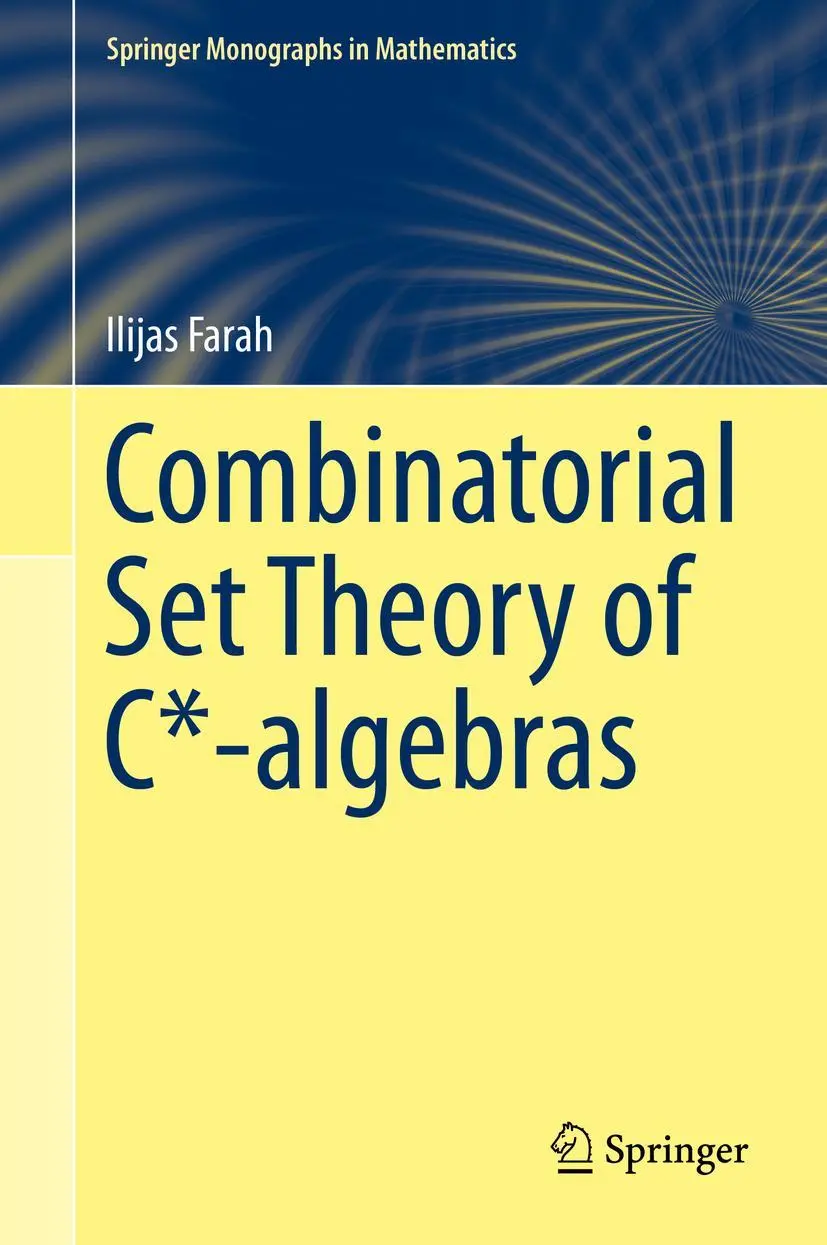57,95 €
Versandkostenfrei per Post / DHL
Lieferzeit 4-7 Werktage
The text is organized into five basic parts: the first looks back on selected topics from pre-calculus and calculus, treating them more rigorously, and it covers various proof techniques; the second part covers induction, sets, functions, cardinality, complex numbers, permutations, and matrices; the third part introduces basic number theory including applications to cryptography; the fourth part introduces key objects from abstract algebra; and the final part focuses on polynomials.
Features:
The material is presented in many short chapters, so that one concept at a time can be absorbed by the student.
Two "looking back" chapters at the outset (pre-calculus and calculus) are designed to start the student's transition by working with familiar concepts.
Many examples of every concept are given to make the material as concrete as possible and to emphasize the importance of searching for patterns.
A conversational writing style is employed throughout in an effort to encourage active learning on the part of the student.
The text is organized into five basic parts: the first looks back on selected topics from pre-calculus and calculus, treating them more rigorously, and it covers various proof techniques; the second part covers induction, sets, functions, cardinality, complex numbers, permutations, and matrices; the third part introduces basic number theory including applications to cryptography; the fourth part introduces key objects from abstract algebra; and the final part focuses on polynomials.
Features:
The material is presented in many short chapters, so that one concept at a time can be absorbed by the student.
Two "looking back" chapters at the outset (pre-calculus and calculus) are designed to start the student's transition by working with familiar concepts.
Many examples of every concept are given to make the material as concrete as possible and to emphasize the importance of searching for patterns.
A conversational writing style is employed throughout in an effort to encourage active learning on the part of the student.
A Look Back: Calculus
About Proofs and Proof Strategies
Mathematical Induction
The Well-Ordering Principle
Sets
Equivalence Relations
Functions
Cardinality of Sets
Permutations
Complex Numbers
Matrices and Sets with Algebraic Structure
Divisibility in Z and Number Theory
Primes and Unique Factorization
Congruences and the Finite Sets Zn
Solving Congruences
Fermat's Theorem
Diffie-Hellman Key Exchange
Euler's Formula and Euler's Theorem
RSA Cryptographic System
Groups-Definition and Examples
Groups-Basic Properties
Groups-Subgroups
Groups-Cosets
Groups-Lagrange's Theorem
Rings
Subrings and Ideals
Integral Domains
Fields
Vector Spaces
Vector Space Properties
Subspaces of Vector Spaces
Polynomials
Polynomials-Unique Factorization
Polynomials over the Rational, Real and Complex Numbers
Suggested Solutions to Selected Examples and Exercises
| Medium: | Taschenbuch |
|---|---|
| ISBN-13: | 9781032475172 |
| ISBN-10: | 103247517X |
| Sprache: | Englisch |
| Autor: |
Effinger, Gove
Mullen, Gary L. |
| Hersteller: |
CRC Press
Taylor & Francis |
| Verantwortliche Person für die EU: | preigu, Ansas Meyer, Lengericher Landstr. 19, D-49078 Osnabrück, mail@preigu.de |
| Abbildungen: | 12 SW-Abb. |
| Maße: | 15 x 156 x 234 mm |
| Von/Mit: | Gove Effinger (u. a.) |
| Gewicht: | 0,1 kg |










